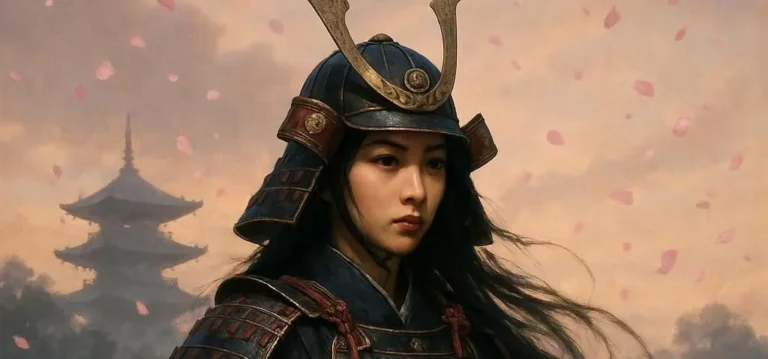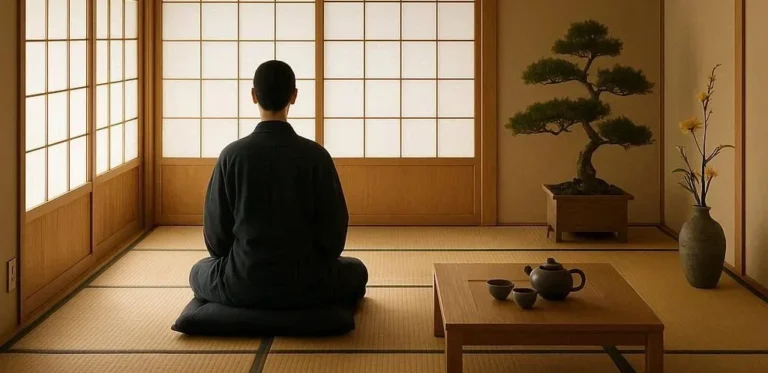507 views Secrets Behind the Samurai Sword Craftsmanship
The samurai sword, a symbol of honor, discipline, and craftsmanship, holds a revered place in Japanese history. Forged through centuries of meticulous technique and spiritual dedication, these swords are not merely weapons but works of art. This blog post delves into the secrets behind samurai sword craftsmanship, uncovering the traditions, materials, and processes that have made these blades legendary.
The Historical Significance of Samurai Swords
The samurai sword, particularly the katana, emerged during the Muromachi period (1336–1573) and became the hallmark of the samurai class. These swords were integral to both combat and ceremony, reflecting the Bushido code’s principles of integrity, respect, and self-discipline. Their craftsmanship was not only about creating a deadly weapon but also about imbuing the sword with the samurai’s spirit.
The Artisan’s Craft: TheForging Process
At the heart of samurai sword craftsmanship lies the forging process, a labor-intensive ritual that requires immense skill and patience. Here’s an in-depth look at the traditional method:
Selecting the Steel
The creation begins with tamahagane, a high-carbon steel known for its strength and flexibility. Mineraland-rich iron sand is smelted in a tatara furnace, a process that can take days, resulting in a small quantity of prized steel.
Folding and Forging
The steel is heated and folded repeatedly, often up to 20 times, to eliminate impurities and distribute carbon evenly. This process creates the sword’s distinctive pattern and enhances its structural integrity.
Shaping the Blade
The smith meticulously shapes the blade, ensuring precision in its curvature and measurements. The hamon, the tempered edge, is crafted to maximize hardness while maintaining flexibility in the spine.
Quenching and Tempering
Quenching involves rapidly cooling the blade in water or oil to harden the edge. Tempering follows to relieve stresses, balancing the sword’s hardness and flexibility.
Polishing
The blade undergoes rigorous polishing using progressively finer stones and abrasives, revealing the intricate patterns and enhancing the sword’s brilliance.
Assembling the Sword
The final assembly includes attaching the guard, handle, and scabbard, each part a testament to the artisan’s attention to detail.
Types of Samurai Swords
Beyond the katana, other notable swords include the wakizashi and tanto. Each has distinct uses and designs, reflecting the samurai’s adaptive warfare strategies and cultural influences.
The Spiritual Dimension
Samurai sword craftsmanship extends beyond the physical, embracing a spiritual connection. Swordsmiths often perform Shinto rituals before forging, seeking divine inspiration and imbuing the sword with a soul, a concept known as ‘kokoro.’
The Legacy Continues
Today, authentic samurai swords are rare, with only a few hundred traditional smiths preserving the craft. These modern artisans honor ancient techniques while evolving to meet contemporary demands.
Choosing Your Samurai Sword
For enthusiasts, selecting an authentic sword involves understanding steel quality, historical accuracy, and craftsmanship. Consulting reputable dealers ensures an investment in both history and artistry.
Cultural Impact
Samurai swords transcend their role as weapons, symbolizing Japan’s history, culture, and people. They grace museums, private collections, and martial arts schools, continuing to inspire awe.






